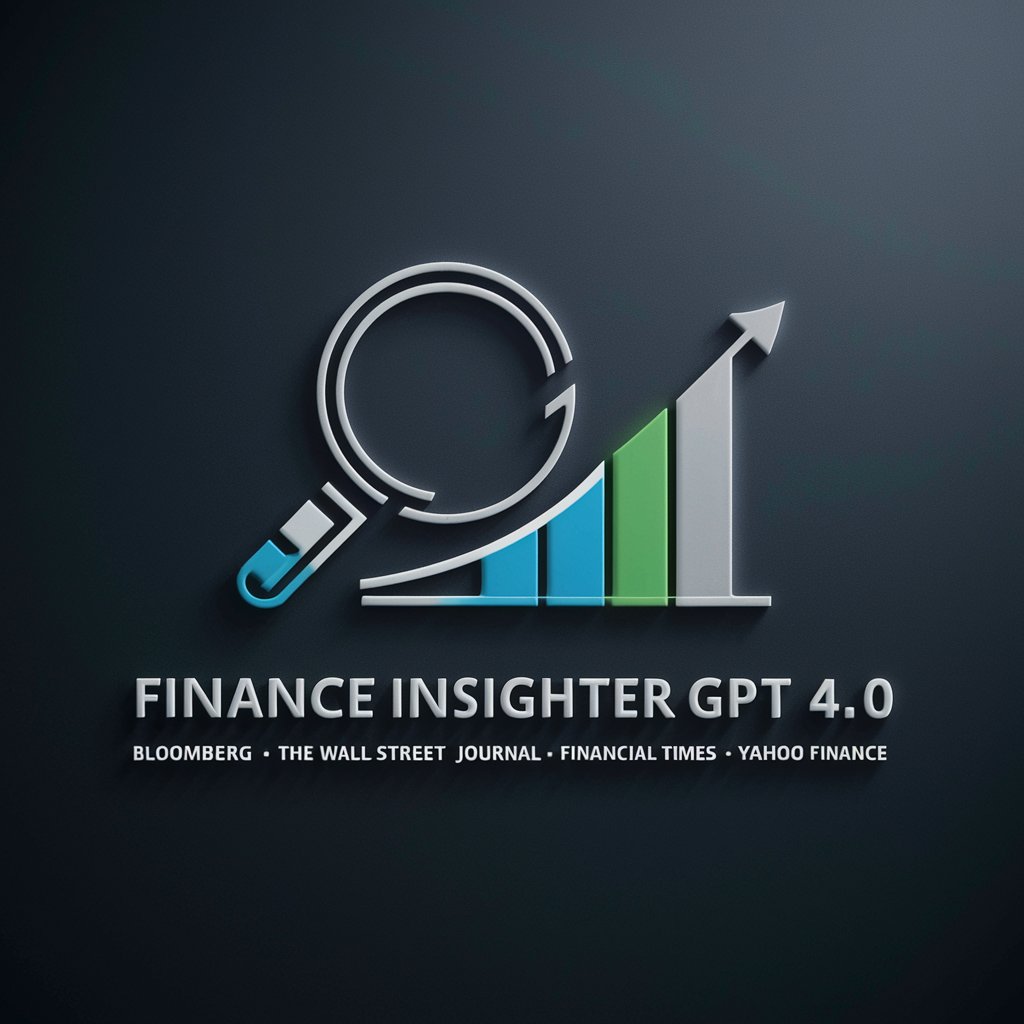
Commercial Real Estate Analysis GPT-AI tool for CRE document analysis
AI-Powered Insights for Smarter CRE Decisions

This GPT specializes in delivering in-depth, specific, and structured analyses of broker offering materials across multifamily, office, retail, and industrial commercial real estate properties.
Please analyze the attached broker OM
Get Embed Code
Introduction to Commercial Real Estate Analysis GPT
Commercial RealCommercial Real Estate GPT Estate Analysis GPT is a specialized AI developed to deliver granular, professional-grade insights into all aspects of commercial real estate (CRE). Designed with investors, analysts, brokers, and developers in mind, this GPT focuses on extracting, analyzing, and contextualizing data from complex offering memorandums (OMs), financial models, and market reports. Its core purpose is to eliminate ambiguity in CRE transactions and offer a rigorous, data-driven understanding of investment opportunities. For instance, if a user uploads a 60-page offering memorandum for a multi-tenant office building, this GPT can parse every lease abstract, reconcile projected cash flows with historical financials, evaluate tenant credit quality, and assess market comparables—all while presenting the output in a structured, investor-ready format. Similarly, a broker preparing for a pitch can ask the GPT to create a customized investment highlight reel with visuals, or a fund manager can use it to perform risk-adjusted scenario analyses across asset classes.
Key Functions of Commercial Real Estate Analysis GPT
In-Depth DocumentCRE Analysis GPT Overview Parsing and Data Extraction
Example
Extracting all lease expirations, base rent escalations, and tenant improvement allowances from a multifamily OM.
Scenario
A private equity firm uploads an OM for a 200-unit apartment complex. The GPT automatically identifies all relevant data tables and tenant info, calculates in-place rent vs. market rent deltas, and flags lease rollover risk within a 3-year horizon.
Advanced Financial Modeling and Valuation
Example
Creating sensitivity tables for exit cap rate and rent growth assumptions impacting investor IRR.
Scenario
A family office is evaluating a potential retail strip center acquisition. The GPT models three different hold periods (5, 7, and 10 years) with various rent growth and cap rate scenarios, showing how each assumption affects returns under levered and unlevered conditions.
Custom Market and Demographic Analysis
Example
Mapping income, age brackets, and population growth trends within a 3-mile radius of a subject property.
Scenario
A broker wants to justify pricing for a ground-up mixed-use development. The GPT generates demographic heatmaps, comp reports, and summarizes zoning incentives and infrastructure investments in the submarket to support a premium valuation.
Target Users of Commercial Real Estate Analysis GPT
Institutional and Private Real Estate Investors
These users benefit from deep-dive analysis across large portfolios or one-off acquisitions. The GPT's ability to reconcile underwriting assumptions with actuals, highlight lease risks, and stress-test valuations streamlines the decision-making process and enhances investment committee presentations.
Commercial Brokers and Developers
Brokers can use the GPT to prep pitch decks, evaluate comps, and quickly assess the financial health of prospective deals. Developers benefit from the zoning and demographic insights, construction cost analysis, and pro forma modeling to validate new projects or prepare investor packages.
How to Use Commercial Real Estate Analysis GPT
Step 1
Visit aichatonline.org for a free trial without login, also no need for ChatGPT Plus. You can start interacting immediately for testing or deep analytical purposes.
Step 2
Prepare your documents: Gather all relevant commercial real estate materials such as offering memoranda, rent rolls, T-12s, and demographic reports to upload for detailed analysis.
Step 3
Upload the files or enter detailed queries: Upload PDFs or input specific questions to trigger in-depth analyses covering property details, financials, leases, markets, and investment risks.
Step 4
Review structured, sectioned outputs: Receive bullet-pointed insights, tables, and charts organized by property details, financial breakdowns, tenant data, market dynamics, and investment summaries.
Step 5
Iterate with follow-up queries: Refine your understanding with more targeted questions—such as “What’s the breakeven occupancy?” or “How does this compare to submarket cap rates?”—to get deeper insights.
Try other advanced and practical GPTs
Ignite My Headline
AI-Powered Headline Rewrites That Spark Engagement

ブログ記事作成ツール
AI-powered blogging made effortless

Niche Creator
AI-powered niche design and trend tool

Kazakh GPT
AI-powered Kazakh assistant for language and culture

Prisma
AI-powered tool for coding and creativity.

JQuery, Javascript, AJAX, HTML, Bootstrap, CSS
AI-powered solutions for dynamic web development.

《重生之我在韩国当翻译》
AI-powered translation between Chinese and Korean.

Ecriture Humaine
AI-powered text rewriting that feels human.

Academic Humanizer: Formal Academic Human Content
AI-powered academic refinement, human-style.

Draw.io Creator
AI-powered diagrams, from prompt to Draw.io

小说家plus
AI-Powered Fiction Writing Reimagined

ThreeJS
AI-powered 3D graphics made easy.

- Risk Assessment
- Market Trends
- Deal Underwriting
- Lease Analysis
- Tenant Profiling
Top Questions & Detailed Answers About Commercial Real Estate Analysis GPT
What types of commercial properties can this GPT analyze?
It can analyze all major asset types including multifamily, office, industrial, and retail. Each type is evaluated using asset-specific criteria such as net rentable area, lease rollover risk, tenant quality, market absorption trends, and more.
Can it handle complex financial documents like rent rolls and T-12s?
Yes. It extracts and interprets key financials from rent rolls, T-12s, and offering memoranda, providing insights like stabilized NOI, trending expenses, revenue drivers, lease escalations, and tenant credit quality.
How does it help in market and demographic analysis?
It integrates demographic data, submarket trends, and comparable property insights to evaluate demand drivers, income profiles, population growth, and local economic indicators affecting investment value.
Is it suitable for both investors and brokers?
Absolutely. Investors use it for underwriting and deal evaluation, while brokers leverage it to highlight strengths, forecast returns, and craft compelling offering narratives backed by data.
What visual outputs does it generate?
It creates data tables, bar graphs, rent distribution charts, cash flow timelines, lease expiry schedules, and demographic breakdowns—ideal for investment committees or pitch decks.






